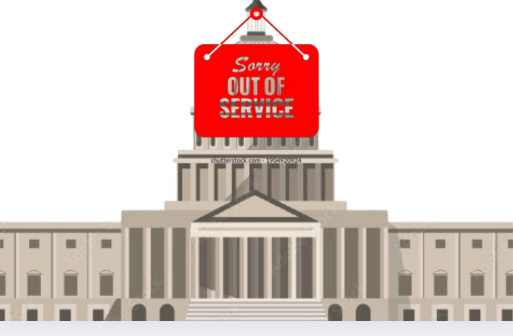This could be a controversial topic in many school systems. Many kids may not agree with, or like, what they are taught in school. Not being interested in what you are learning may not motivate you to pay attention and do your work. It could also be harder to engage in the work you’re given and harder to participate. When you are engaged on a topic it’s going to help you understand what you are learning better.
If students have opportunities to explore different materials, they could find interest in many different things they normally wouldn’t be interested in. Every student is different and should be able to experience what they are intrigued by. Depending on what people want to do in the future, it could depend on what they learned previously to help them later on. Being able to be independent and choose what you specifically want to be taught could help you be more successful in the future.
We aren’t allowed to have a say in our curriculum because school systems want everyone to have equal opportunities for themselves. Everyone is mandated to take core subjects like math, science, history, and English to give them basic knowledge of life. They think we will use the core classes for our future jobs.
Oakmont students speak about whether we should have a say in our curriculum. These were the answers received:
Sophomore Chloe Hewitt said, “Yes, because if we aren’t learning from the way that they’re providing information, then it’s like teaching to a brick wall.”
Sophomore Arden Rosbury said, “Yes, students should have a say in their curriculum because it would make everything more fun to learn. It would be how students themselves like to learn. As long as they are getting the education they need, it’s a good idea.”
Junior Jack Norris said, “Yeah, I think so because the students are the ones learning it.”
Sophomore Macie Shattuck said, “No, I don’t think it’s a good idea because most students would be very immature about it.”
After I got opinions, I realized that there were many mixed feelings about letting students have a say in what they want to learn. Letting students have a say has many benefits and drawbacks. The benefits are having students be more engaged with what they’re learning and having more motivation to do their work. Some drawbacks are not getting all the education you need, pressure on teachers, and lack of resources.
















